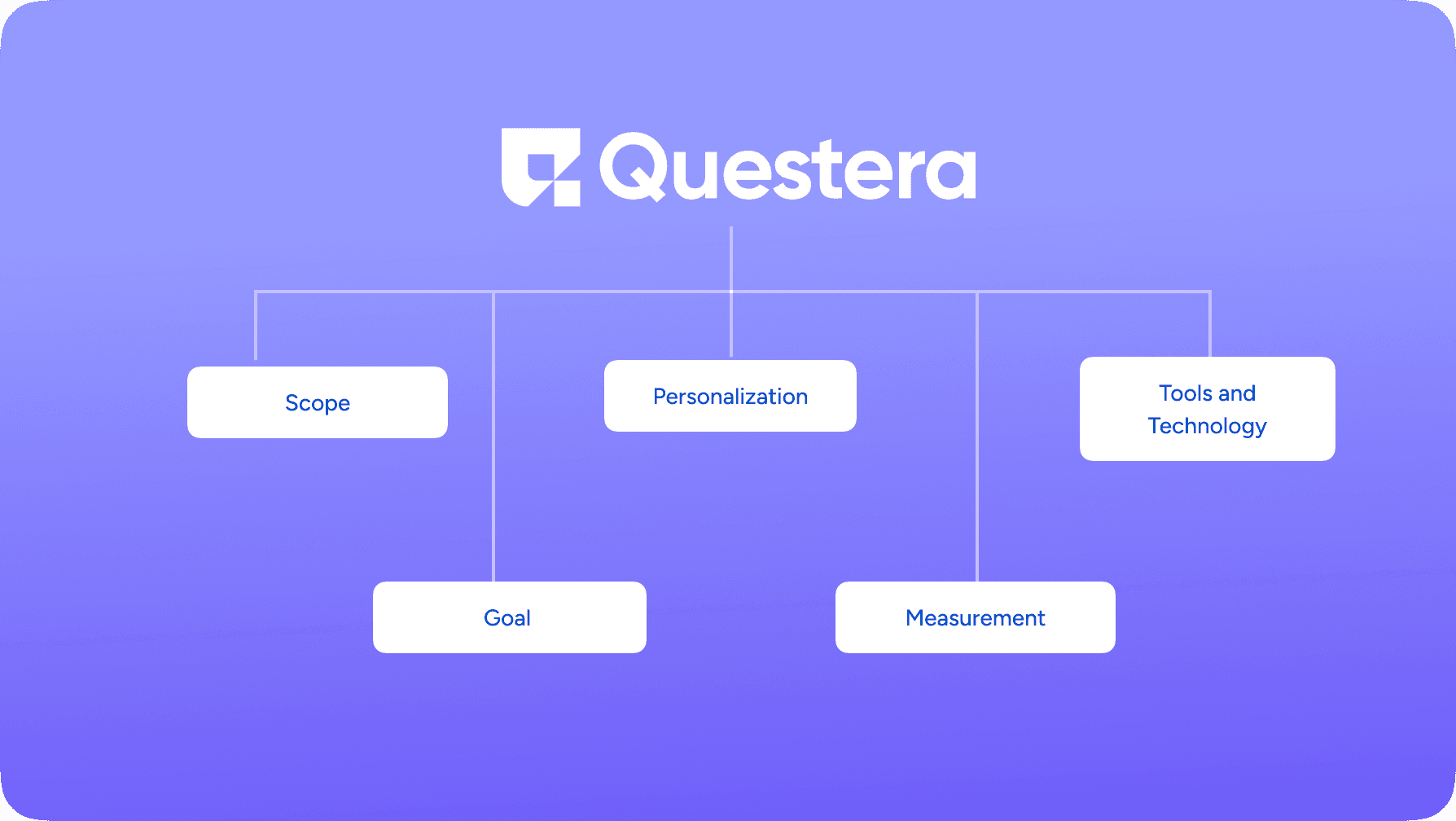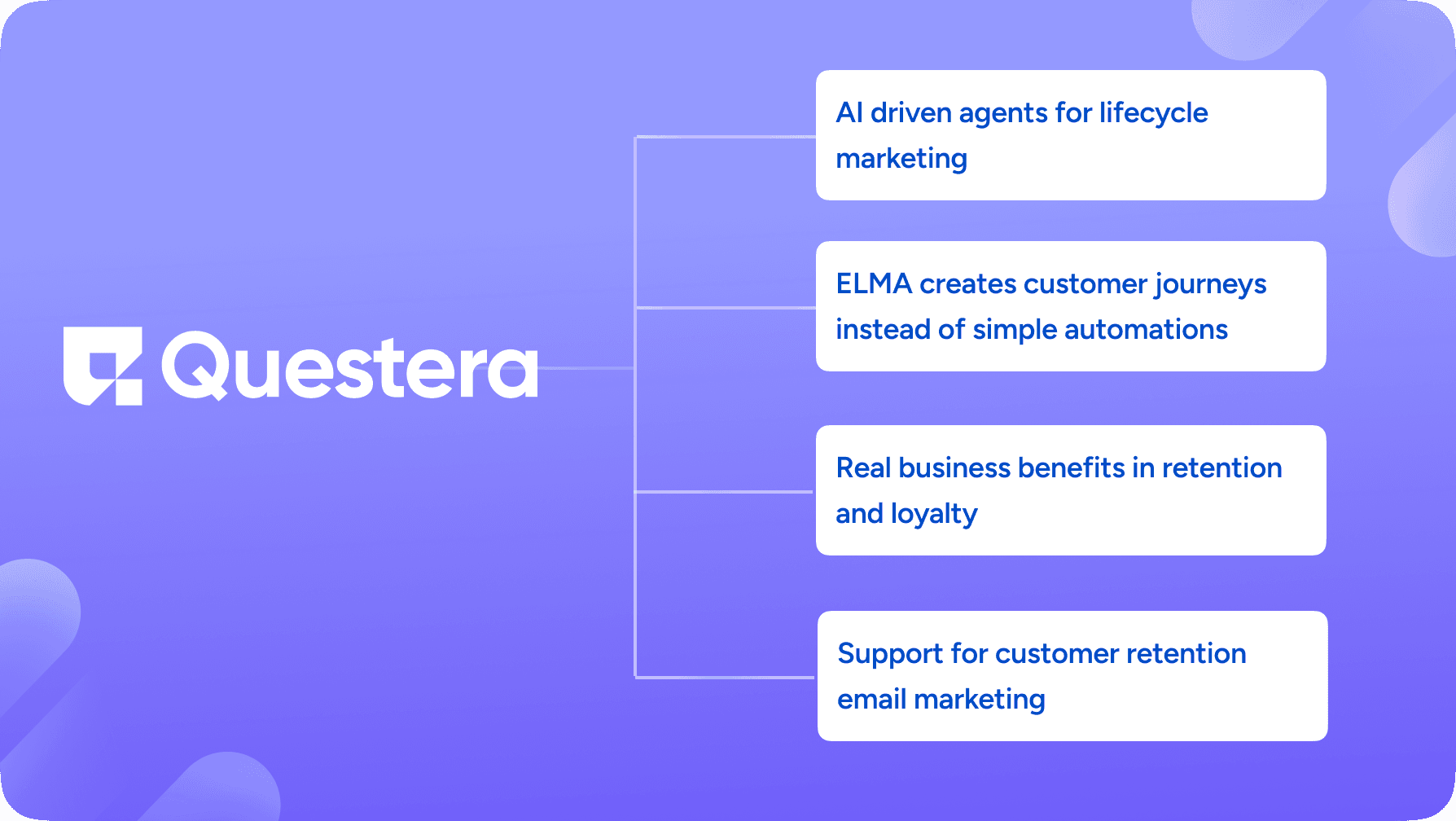Email Lifecycle Marketing vs Email Automation

Email has always been considered one of the most reliable growth channels because it regularly produces an effective return on investment. However, many brands are still trying to differentiate between email automation and email life-cycle marketing, despite the fact that they are focused on disparate aims. And while the email marketing vs marketing automation conflict is not just about the abilities of a tool but also the extent of the actual strategy, a good email marketing strategy is based on relationships that drive loyalty and our ultimate goal: deliver lasting results.
This blog will explain how email life-cycle marketing is more than email automation and why it is critical for growth and customer-retention email marketing today.
What is Email Automation?
Email automation is the use of predefined, rules-based triggers that send emails automatically once an action is taken. For example, when someone signs up for a newsletter, they instantly receive a welcome email without any manual effort.
Key Features
The strength of email automation lies in its ability to handle repetitive tasks with ease. Brands can schedule messages, set up triggers, and maintain consistency without lifting a finger each time. It keeps communication steady and ensures no opportunity slips through the cracks.
Common Use Cases
Businesses often rely on email automation for welcome sequences, cart abandonment reminders, and special day messages like birthdays. These tasks require speed and precision, and automation makes sure they are never forgotten.
Pros
The biggest advantage is saving time while keeping communication consistent and scalable. Teams do not need to send individual emails repeatedly, which means efficiency goes through the roof.
Limitations
The downside is that email automation can sometimes feel too generic. Messages may lack the deeper personalization that customers now expect, which can limit engagement and long term loyalty.
What is Email Lifecycle Marketing?
Email lifecycle marketing is more than a set of automatic triggers. It is a strategy-driven approach that maps communication across the entire customer journey, from the first touch to long-term loyalty.
Key Features
Unlike email automation, lifecycle marketing focuses on personalization and behavior-driven campaigns. It involves designing multi-stage communication that nurtures customers through awareness, activation, retention, reactivation, and loyalty.
Focus
The core aim of email lifecycle marketing is to keep users engaged at every stage of their journey. Instead of only reacting to an action, it plans how to guide customers forward with value at every touchpoint.
Common Use Cases
Brands use email lifecycle marketing for onboarding series, upselling messages, churn prevention strategies, and loyalty programs. Each stage is carefully planned to ensure customers feel valued and supported.
Pros
The benefits are clear. It builds stronger relationships, delivers higher conversions, and supports long term growth. Many leaders call it the secret sauce for customer retention email marketing.
Limitations
The challenge is that email lifecycle marketing requires deeper strategy, better data integration, and often AI driven support. Yet when done right, it moves beyond the debate of email marketing vs marketing automation and creates a true email marketing strategy built for growth.
Email Automation vs Email Lifecycle Marketing: The Fundamental Differences

Scope
The first difference in email automation and email lifecycle marketing is scope. Email automation is about single triggers such as welcome emails sent after sign-up or reminders after abandoned carts. Email lifecycle marketing is about a long-term strategy, mapping communication across the entire customer journey. One is quicker action, the other is relationship building.
Goal
Goal is another difference. Email automation is about efficiency. It covers all the repetitive actions and ensures those tasks happen on time. Email lifecycle marketing is more about growth and increased engagement. It is about keeping customers connected at every stage of their journey and nurturing them to loyalty.
Personalization
Personalization is another difference. Email automation offers surface-level customization like first names and simple on/off triggers. Email lifecycle marketing offers deeper, more contextually aware communication that feels more relevant and valuable to customers.
Measurement
The way success is measured also changes. With email automation, the focus is on task completion—did the email send correctly and on time. In email lifecycle marketing, success is measured through customer retention and lifetime value. It is not only about the send but about the impact on long-term relationships.
Tools and Technology
When it comes to tools, email automation often relies on basic systems that perform limited actions. Email lifecycle marketing uses more advanced solutions, often powered by AI, to create integrated campaigns. These tools support better personalization and align with a stronger email marketing strategy.
| Aspect | Email Automation | Email Lifecycle Marketing |
|---|---|---|
| Scope | One off triggers for specific actions | Long term strategy covering the entire customer journey |
| Goal | Focused on efficiency and time saving | Focused on growth, engagement, and loyalty |
| Personalization | Surface level, rule based customization | Deeper, context aware communication |
| Measurement | Success measured by task completion | Success measured by customer retention and lifetime value |
| Tools/Tech | Basic systems with limited functions | AI powered platforms with advanced integration |
| Use Cases | Welcome emails, cart reminders, birthday offers | Onboarding series, upselling, churn prevention, loyalty campaigns |
Why Lifecycle Marketing is the Future (with Automation as a Building Block)
Automation is useful but not enough in 2025
There is no denying that email automation has made marketing faster and easier. It takes away repetitive work and ensures that important emails are delivered on time. However, in 2025, relying only on automation feels like running on half an engine. Customers expect more than quick reminders or scheduled messages. They want communication that grows with them and adapts to their needs.
Lifecycle marketing layers strategy and personalization
The real power lies in email lifecycle marketing, which uses automation as a tool but adds strategy, personalization, and customer insights on top. This approach looks at the full journey, not just isolated actions. It plans how to guide customers from awareness to loyalty while making every email feel timely and meaningful.
Brands winning today use lifecycle marketing for engagement
The brands that stand out today are not just efficient. They are using email lifecycle marketing to keep customers engaged beyond the first click. They are planning campaigns that build stronger relationships, deliver long term value, and make retention a natural outcome. As the saying goes, slow and steady wins the race, and lifecycle strategies are proving to be that steady driver of growth.
How Questera Helps You Move Beyond Basic Automation?

AI-driven agents for lifecycle marketing
Questera helps businesses move from simple email automation to advanced email lifecycle marketing through intelligent AI driven agents. These agents analyze customer behavior, find opportunities, and create journeys that extend far beyond one off triggers.
ELMA creates customer journeys instead of simple automations
One clear example is ELMA, the Email Lifecycle Marketing Agent. Instead of sending a single triggered email, ELMA designs connected journeys that adapt to customer actions. This turns email marketing vs marketing automation into a whole new discussion about meaningful strategy.
Real business benefits in retention and loyalty
With Questera, companies see measurable improvements in retention, lifetime value, and loyalty. The platform supports a stronger email marketing strategy by ensuring that every message serves a purpose in the larger journey. It is not just about efficiency but about building connections that last.
Support for customer retention email marketing
Another advantage of Questera’s lifecycle approach is its focus on customer retention email marketing. By nurturing customers consistently, brands can reduce churn, increase repeat purchases, and create loyal communities. This proves that lifecycle marketing is not only the future but also the smarter choice for sustainable growth.
Conclusion
When comparing email marketing vs marketing automation, the differences are clear. Email automation is all about efficiency. It saves time, reduces manual work, and ensures important messages go out on schedule. Yet efficiency alone cannot build lasting relationships. On the other hand, email lifecycle marketing takes a broader view. It turns email into a growth engine by combining strategy, personalization, and customer insights.
The takeaway is simple and practical. Use email automation as your foundation, but do not stop there. Invest in email lifecycle marketing if you want long term growth and stronger customer relationships. As the saying goes, you cannot have your cake and eat it too, but with lifecycle marketing, you come close. It gives you efficiency, engagement, and retention all in one approach. The future belongs to those who move past automation and embrace lifecycle strategies that put customers first.
FAQs
1. What is the main difference between email automation and email lifecycle marketing?
The key difference is scope. Email automation handles single triggers like a welcome email or a cart reminder, while email lifecycle marketing maps communication across the entire customer journey.
2. Why should I focus on email lifecycle marketing in 2025?
In 2025, customers expect more than quick messages. Email lifecycle marketing combines personalization, strategy, and insights to build loyalty, making it a stronger long-term email marketing strategy.
3. Can I use email automation and lifecycle marketing together?
Yes, and that is often the best approach. Email automation is the foundation for timely messages, while email lifecycle marketing layers strategy on top for retention and growth.
4. How does email lifecycle marketing improve customer retention?
Customer retention email marketing is at the heart of lifecycle campaigns. By engaging customers at every stage, brands reduce churn, increase loyalty, and improve lifetime value.
5. Is email marketing vs marketing automation the same as automation vs lifecycle?
Not exactly. The debate of email marketing vs marketing automation is often about tools, while the real comparison is between email automation for efficiency and email lifecycle marketing for long-term strategy.
6. How can Questera help me with email lifecycle marketing?
Questera uses AI-driven agents like ELMA to move you beyond basic email automation. It helps create advanced lifecycle journeys that improve retention, loyalty, and long-term growth.
Ready to be a
10x Marketer?
See it in action












